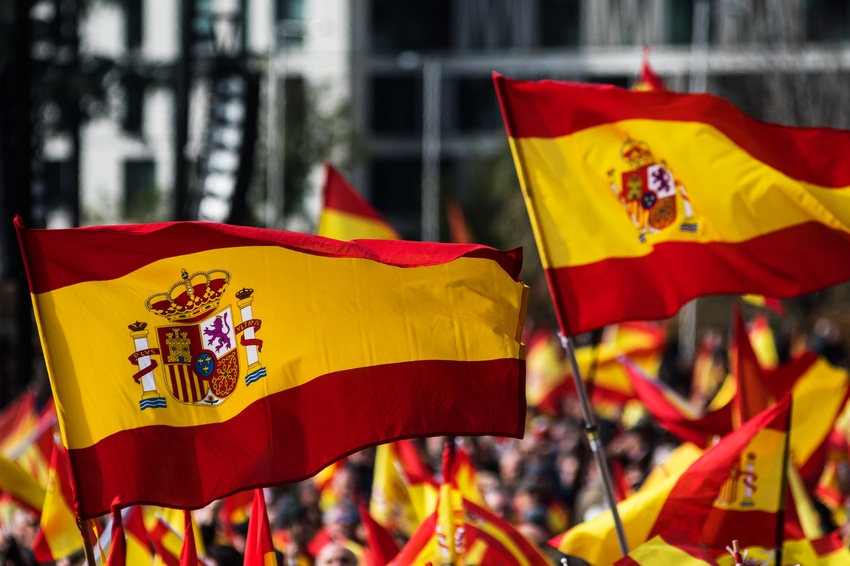Spain is not often mentioned when discussing the leaders for connectivity in Europe, but it does seem momentum is gathering pace in the country.
June 11, 2019

Spain is not often mentioned when discussing the leaders for connectivity in Europe, but it does seem momentum is gathering pace in the country.
The most recent announcement will see Vodafone debut its 5G offering in 15 cities, the first to hit the on-switch in Spain. The Spanish business is also sneaking in just ahead of the Brits in the internal Vodafone race. Quoting speeds up to 1 Gbps, the hope is to be up to 2 Gbps by the end of the year.
And its not only the mobile side which is demonstrating some interesting trends. Looking at the fixed broadband segment, Spain is one of the leading nations when it comes to fibre penetration. According to the latest statistics from the Fibre to the Home Council Europe, 44% of Spanish citizens subscribe to FTTH broadband services, with only Latvia and Lithuania ahead of the country.
One of the issues which Spain will face is the digital divide however. This is a challenge which is unavoidable across the country when you take into consideration its size. At 498,468 km², it is the third largest by geography (fourth if you include Russia) and the seventh largest by population.
This perhaps makes the 44% fibre uptake more impressive, though there will still be those in the countryside who perhaps feel underserved. However, Movistar, one of Telefonica’s brands, has suggested it hopes to have 100% fibre coverage by 2024. This ambition is dependent on the availability of public funds, but should all the pieces fall into place, it will achieve the milestone almost a decade ahead of the UK.
Five years is a long time to wait if you are struggling today, therefore there are various options including WiMAX, satellite and fixed wireless access over 4G products available today. For a country which is scarcely mentioned as the leader in the European connectivity rankings, it does seem to have the right blend when satisfying the insatiable data diets of its citizens.
Looking at the 5G race, Vodafone España is certainly putting itself at the front of the pack with a timeline geared towards June 15. What is also quite impressive is the breadth of the launch. 15 cities on launch date is an impressive haul, and while the coverage might be limited it does give the telco the first step to build outwards and onwards.
Once launched, Vodafone España claims the network could provide latency of less than five milliseconds. For the man-on-the-street, this will mean little, though it will give the technologists the opportunity to explore new services in for real-time applications such as autonomous vehicles, tele-medicine, VR, 8K video and cloud gaming.
This is the most important aspect for any 5G network; it has to have scale. Not only do you have to meet expectations for those who are paying for 5G connectivity, there has to be enough coverage to beta-test and eventually launch new services. The countries which reach this scale the quickest, will give their innovators the best possible start to create the 5G-specific services and applications.
This is not to say they would dominate the market in the way Uber did with the introduction of 4G but having months (or perhaps years) more time to create and hone an offering would certainly be an advantage.
The Spaniards might be guilty of the odd siesta, but they certainly haven’t been sluggish when it comes to getting 5G up and running.
About the Author(s)
You May Also Like








.png?width=300&auto=webp&quality=80&disable=upscale)


_1.jpg?width=300&auto=webp&quality=80&disable=upscale)


.png?width=800&auto=webp&quality=80&disable=upscale)